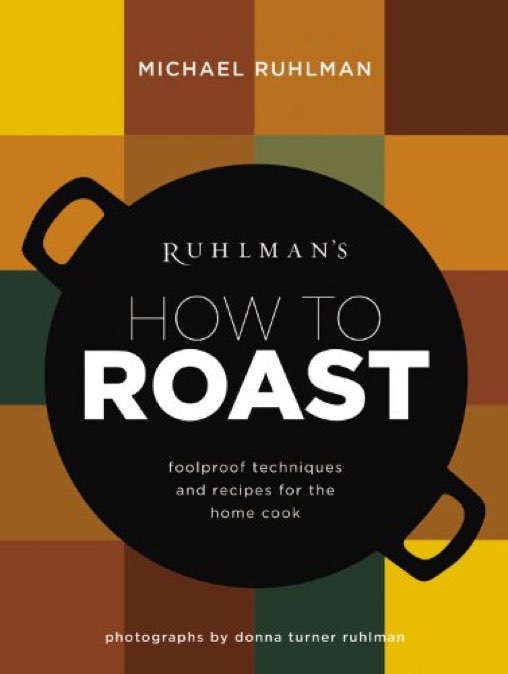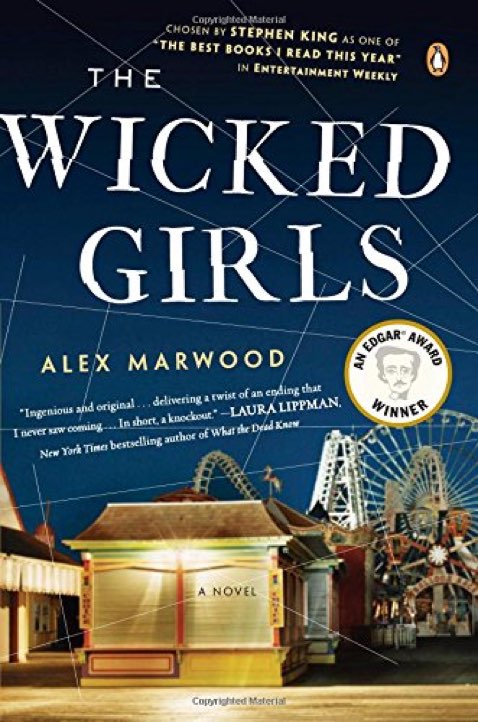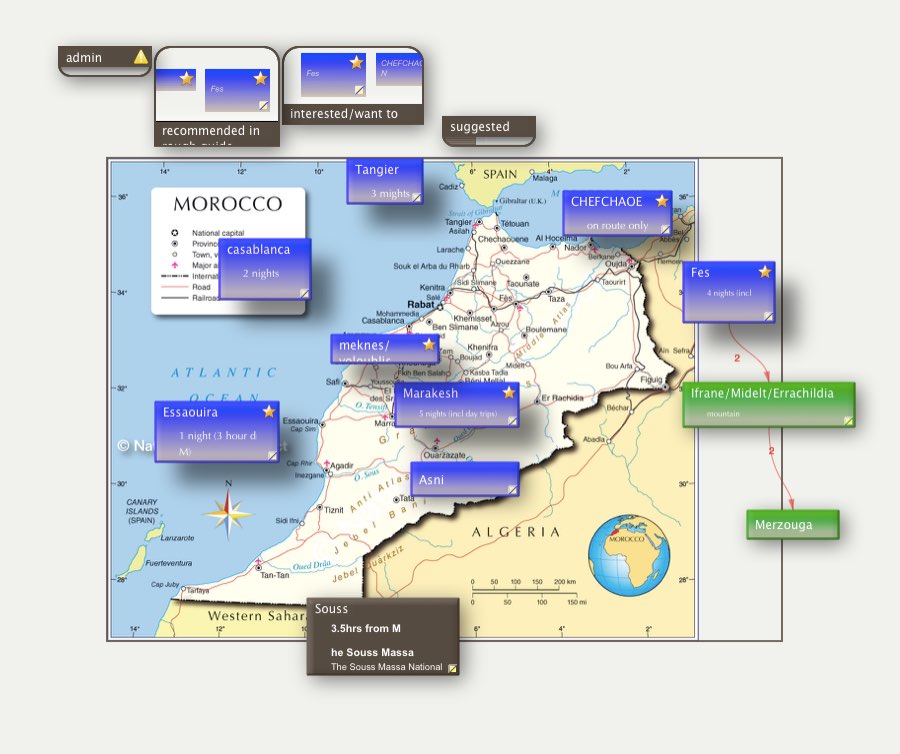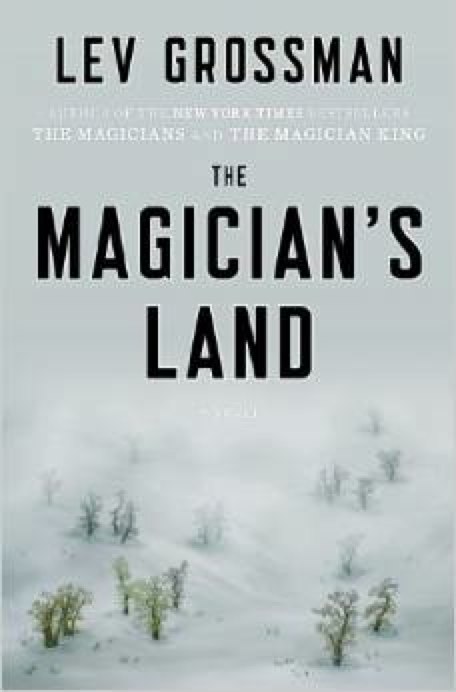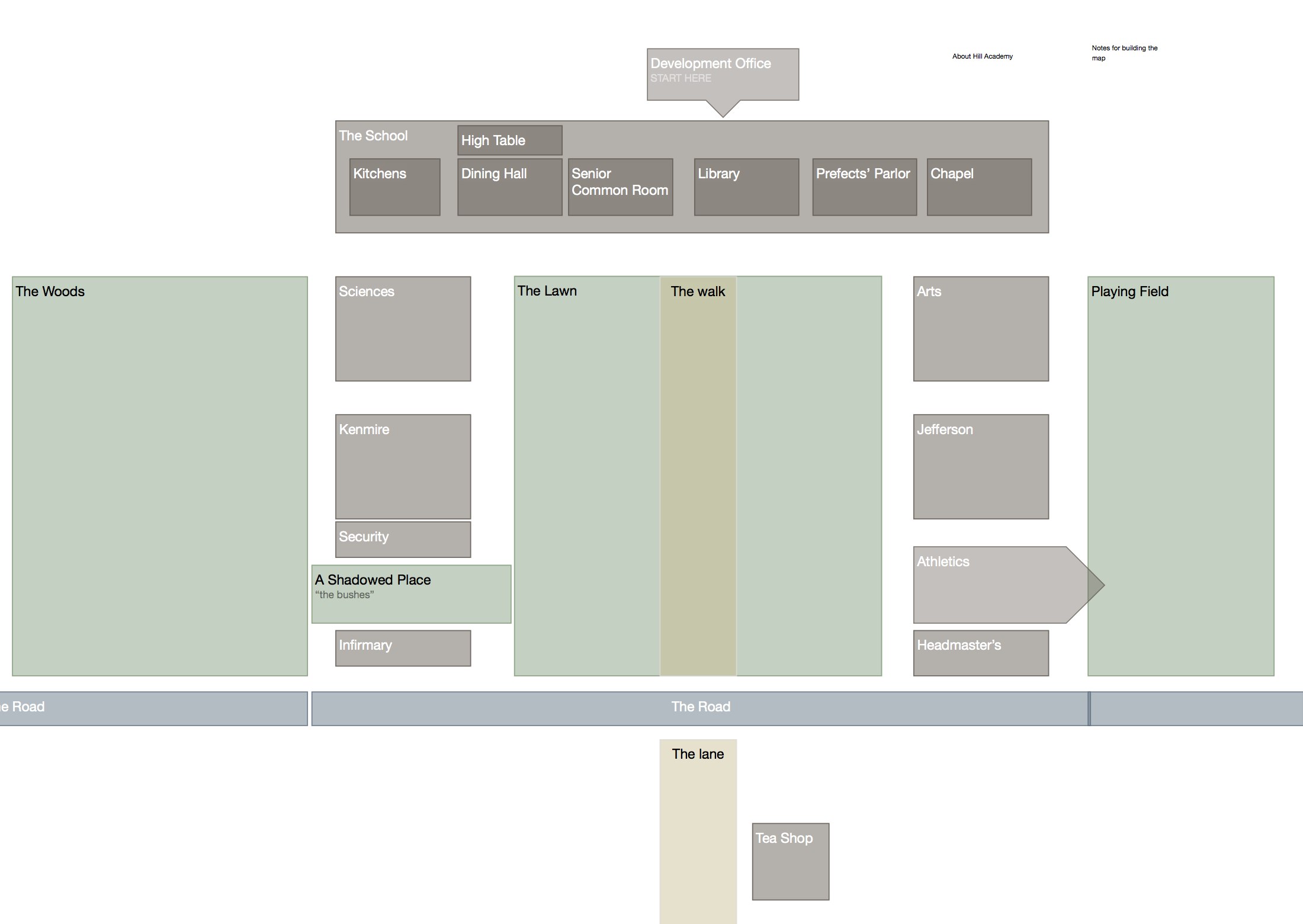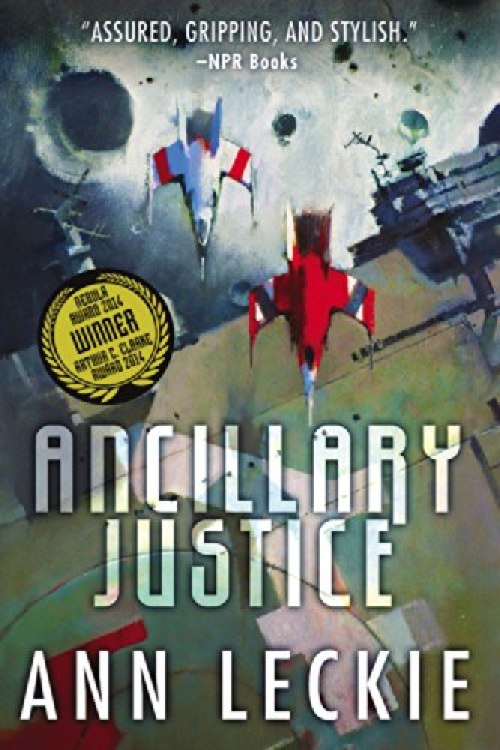by Michael Ruhlman
Conventional food writing assumes that, aside from “serious” cooks, people simply want cooking to be fast, easy, and (if possible) nutritious. Take-out food is ideal fast and easy and could be nutritious: why cook? Lots of people don’t cook much: Ruhlman wants to change that.
What Ruhlman argues in his superb Twenty is that even serious cooking isn’t terribly hard or mysterious. There are a bundle of techniques — Ruhlman counts twenty — to master, and a bundle of ingredients one might acquire from your market. Match those ingredients with the techniques and you’re pretty well set.
Another way to put this is: you don’t need recipes. The core techniques give a dish a basic structure; once you've got that structure, you can do just about anything. This has also been Sally Schneider’s indispensable message: once you’ve got a general idea, you can do wonders with variations. For example, vinaigrette+anchovy+garlic+cheese makes a caesar salad, a bagna cauda, a stuffed artichoke, or a tasty roast mackerel.
Twenty is a dandy book, but it’s a big brick, and people who Don’t Cook don’t need another big brick. How To Roast takes one technique, gives people permission to try it, and shows a small spectrum of variations. You’ve got roast chicken, roast beef, roast cauliflower, roast peaches. You can roast in a roasting pan, you can roast in a skillet, you can roast on your charcoal grill. You can even roast in butter in your Le Creuset, which is as close as you can get to not roasting at all, but it’s poêlé and transgressive so let’s give it a try. (Ruhlman doesn’t talk about it, but you can roast in your toaster oven, too.)
One thing that set the wonderful Making Of A Chef apart, and that distinguishes the very best of Ruhlman’s food writing, is his flair for character, for Erica whose roux caught fire and for angry fellow-student Adam, the working man who hopes someday to open a restaurant/gallery/performance space. There’s not enough scope for character here in How To Roast, or for drama, other than the shadowy partner with whom we can enjoy an hour’s frolic while the chicken roasts. That’s fine, but there’s space for more.
Roast chicken is a very interesting dish, when you come to think about it, in the controversy about home cooking.
- Given an oven and the simplest bones of knowing what to do, it’s hard to really foul up a roast chicken.
- Even the simplest of techniques and very mediocre execution will leave you with a dish that’s pretty good, especially if you're accustomed to frozen food.
- All the likely failures are obvious. (Not done? You didn't use your thermometer. Put it back. Burnt? You entirely forgot the roast was cooking. Bland? More salt — and you can fix that right now at the table.)
- There’s enough scope for Doing It Right that you can add some variation and you can improve. It’s quite possible to make really good roast chicken. Aside from not making silly mistakes, there’s using a better bird, using a much better bird, brining, basting, rubbing with dry southwestern spices, smoking, stuffing with lemon, making pan gravy, maybe sauce supreme: right there you’ve got two months of roast chicken of the week without repeating yourself.
One thing that I do miss is that, along with the 20 techniques (and of course the modest number of Ratios – an early Ruhlman systematization), there are a modest number of basic structures and symmetries that compose kitchen idioms. A French sauce, for example, is flavored water, flavored fat, and acid: veal stock+shallots sautéed in pan dripping+mustard is sauce Robert; egg yolk+ olive oil + lemon is mayonnaise; vanilla-infused milk+egg yolks+sugar is crême anglais, and you get the acid from the fruit in your dessert.
But it’s not just fancy stuff.
- What is dinner? A protein, a starch, and a vegetable. Get them all, and everyone will recognize this as a proper meal. Leave one out, and the kids might complain.
- What is a sandwich? I always thought it was two slices of bread with something in between, but now that you mention it, a sandwich crucially has a sauce between the bread and the payload. The exceptions are easy to work out: peanut butter and jelly (two sauces, one of which acts as the payload), or hot pastrami (a payload with enough spicy fat to provide a built-in sauce). Otherwise, you need the condiment. Salami and mustard on rye is a nice sandwich; a slice of salami between two slices of bread is a crying shame. Someone should have explained this to me before I turned fifty, but there you are.
- What is a dinner party? A table for eight, with drinks, an appetizer, a dinner plate, and dessert. You can add a salad and no one will complain. I tend to add a course between the appetizer and the dinner plate – they do this routinely in Italy and they do it in every Victorian novel. I started doing this because I misunderstood a book by Susan Goin about menus, but it works because it introduces a little tension in the dinner (what’s he doing?) without frightening the audience (well, at least we won’t go hungry). A second dessert is another fun trick – ridiculous and festive.
There are a bunch of these structures and strictures for each style of eating. McGee covers some of these issues, and Ruhlman’s Ratio looks at others, but there’s still plenty to do. I’d love to see more.
But How To Roast is a terrific little book. It’s friendly, approachable, and it will give your oven a pleasant workout.
